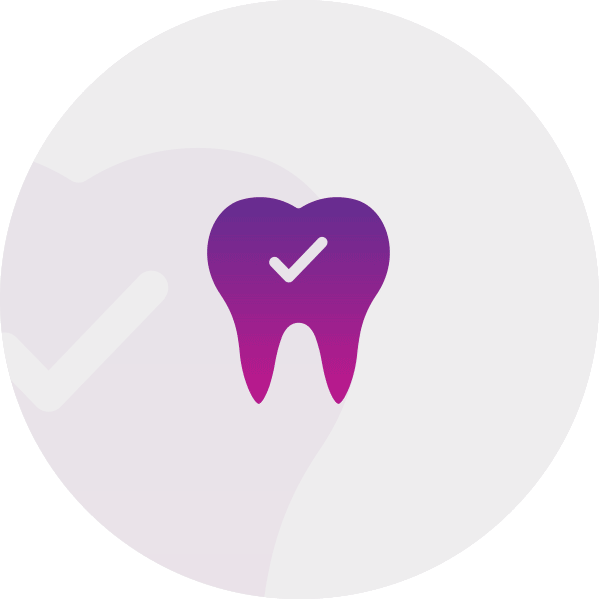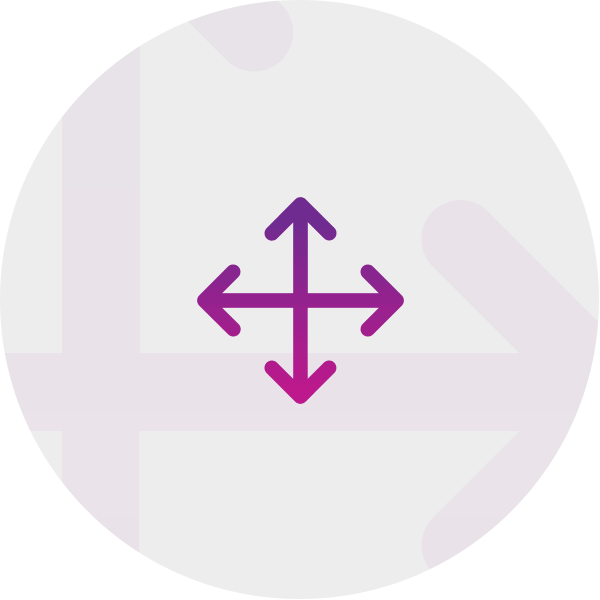Have you heard of Temporomandibular Disorder (TMD)? TMD is a pain in your jaw caused by a number of factors. The pain can range in severity, too, from mild to frankly excruciating. Jaw pain can be brought on by something as simple as chewing gum all day long, or by a more problematic issue like grinding your teeth. Whatever the cause is, pain in the jaw is unpleasant, especially when it spreads up the side of your face. It’s also likely to affect both sides of your jaw for a truly miserable experience. Luckily, there are plenty of things you can do to relieve jaw pain quickly.
Common TMD symptoms
You may have heard TMD referred to by several different terms. No matter what it’s called, it’s all about disorders in the jaw region, to do with your jaw joint or muscles.
The jaw connects the skull with a ball and socket joint. In the joint sits a tiny disc of cartilage and its job is to cushion the load. It’s this joint that lets you open and close your mouth, eat and talk. But since it’s used often, it is vulnerable to wear and tear. Constant stress can then lead to swelling, damage and a few other abnormalities.
Common TMD symptoms include:
- Swelling in your face and jaw
- Soreness and pain in the shoulders, neck, head, jaw and ears
- Locked jaw
- A bite that suddenly feels awkward and misaligned
- Popping, grinding or clicking when you open and close the jaw
- Ringing in the ears
- A toothache
Common TMD causes
Common causes of jaw pain include:
- Arthritis
- Stress
- Trauma to your jaw or mouth
- An improper bite
- Excessive grinding of your teeth
- Excessive gum chewing
It’s more common to find TMD in women between the ages of 18 – 44. It’s believed that genetics plays a minor role in your risk of TMD, as do certain conditions like sleep apnoea or fibromyalgia.
If you experience regular jaw pain, you should book an appointment with your orthodontist. It’s an effective way for a professional to make sure you don’t have a dental problem or tooth abscess. They may be able to relieve jaw pain with treatment. Sometimes, braces can help improve a misaligned bite, eliminating excruciating jaw pain.
If your teeth aren’t the problem, an orthodontist can pinpoint the cause of the pain by asking a series of questions. Even habits you don’t realise you have could have a knock-on effect on the jaw.
5 Ways to Relieve Jaw Pain
Cooling and warming
If you feel the occasional bout of sharp jaw pain, apply a cold pack. The cold helps numb the nerves, dulling the pain.
It’s easy to do, too. Just wrap a few blocks of ice in thin towels and hold them on either side of your face for around 10 minutes. Repeat this every 2 hours if necessary.
If you’re only experiencing a dull yet constant ache instead of a sharp pain, heat is the answer. Heat helps increase blood circulation to the sore area, relaxing your jaw muscles. Simply soak a few facecloths in warm water and hold them on your face for 20 minutes at a time. These are quick and easy ways to relieve jaw pain temporarily.
Sit up
If you sit in a chair most of the day, it’s important to sit straight up rather than slouch or lean forward. Make sure you have good back support. Ensure your chin doesn’t just out forwards. If you are angled forwards, you put strain on the back and neck, creating jaw pain.
If you spend hours on end in front of a computer, use a document holder so you don’t need to lean forward or crane your neck to read the text.
Jaw pain-relief exercises
Just like a muscle that cramps when you use it too much, your jaw can cramp from overuse. A few simple exercises can help you correct an incorrect jaw position and relieve jaw pain – relaxing those tense muscles.
Aim to do your exercises when you’re not sore. If the jaw gets sore while doing exercises, stop and rest. Also, do your jaw positioning moves in front of the mirror to monitor your progress.
Many people who suffer TMD have a deviation in how their jaw moves. But you can learn a new and correct position in no time at all. Here’s a handy tip: place a small sticker in the middle of your chin and then open and close your mouth. If the jaw shifts to the side when your mouth opens, the sticker will shift, too.
When this happens, make an effort to keep your jaw aligned when opening your mouth. It’ll feel weird at first but will get better over time. This can help relieve jaw pain and you may even notice your jaw pain disappearing altogether.
Jaw stretching and muscle relaxation exercises can be done anywhere, whether you’re in the car, at home or relaxing with a book. Gently open your mouth wide and then close it slowly. Then, use your hand to carefully open your mouth a little bit wider. Gentle stretches like this can help prevent lockjaw and strengthen the muscles to avoid jaw pain and discomfort.
Gently massage and stretch
The masticatory muscles in the jaw are responsible for grinding and chewing. Aim to do this exercise regularly to extensively stretch the muscles, strengthening them.
Use the tips of your fingers to gently massage your jaw in small circular motions. Then, open your mouth as wide as you comfortably can without pain. Hold the stretch for 10 seconds at a time. Relax your jaw and repeat the stretch 10 times.
Keep your guard up
If constant clenching or nightly teeth grinding contributes to your TMD, consider a cost-effective mouthguard. While it won’t be as effective as a custom-designed guard, sports-store guards can still be moulded for a good fit to help stop your jaw pain-inducing habit.
Talk to your orthodontist
If jaw pain is making your life pretty unpleasant, it’s time to talk to an experienced orthodontist who can help you relieve jaw pain. Book your appointment at Medland Orthodontics in Brisbane or the Gold Coast today.






